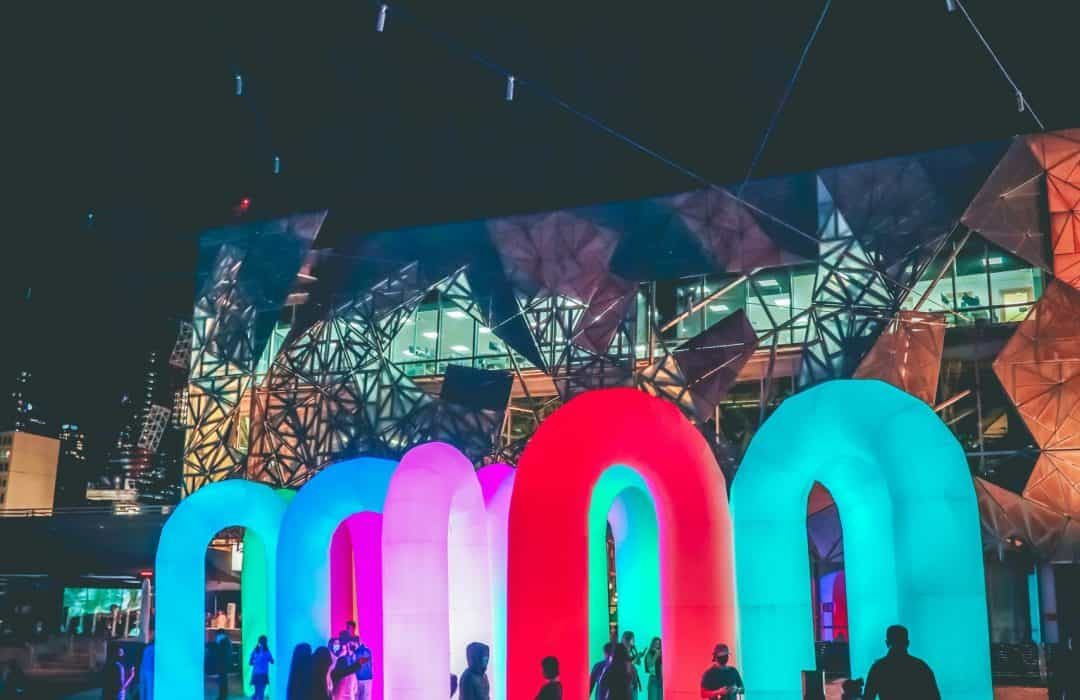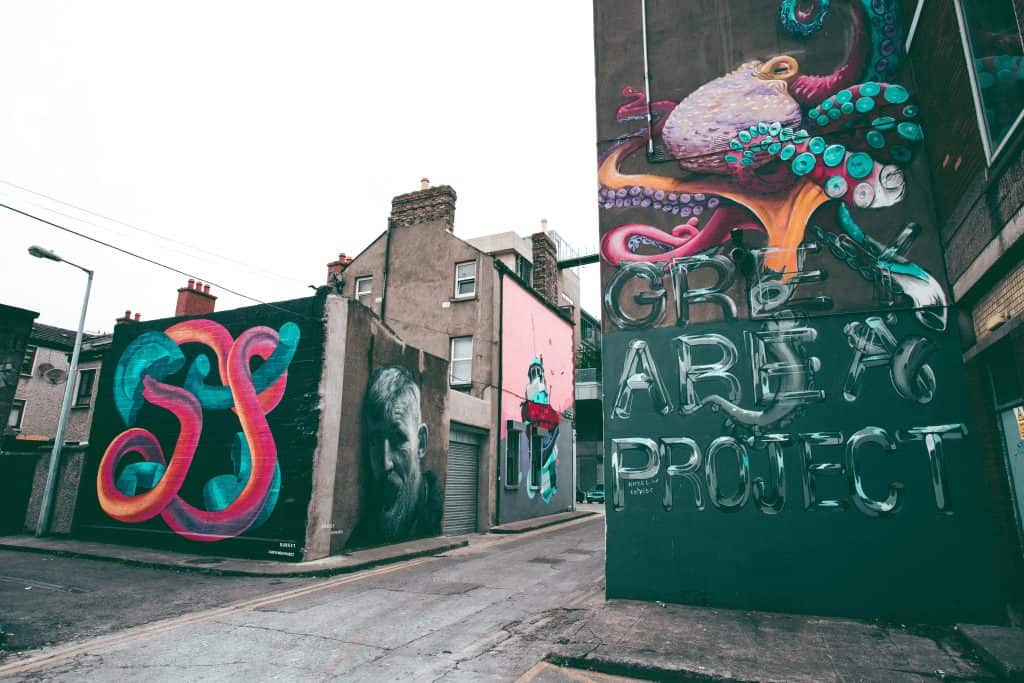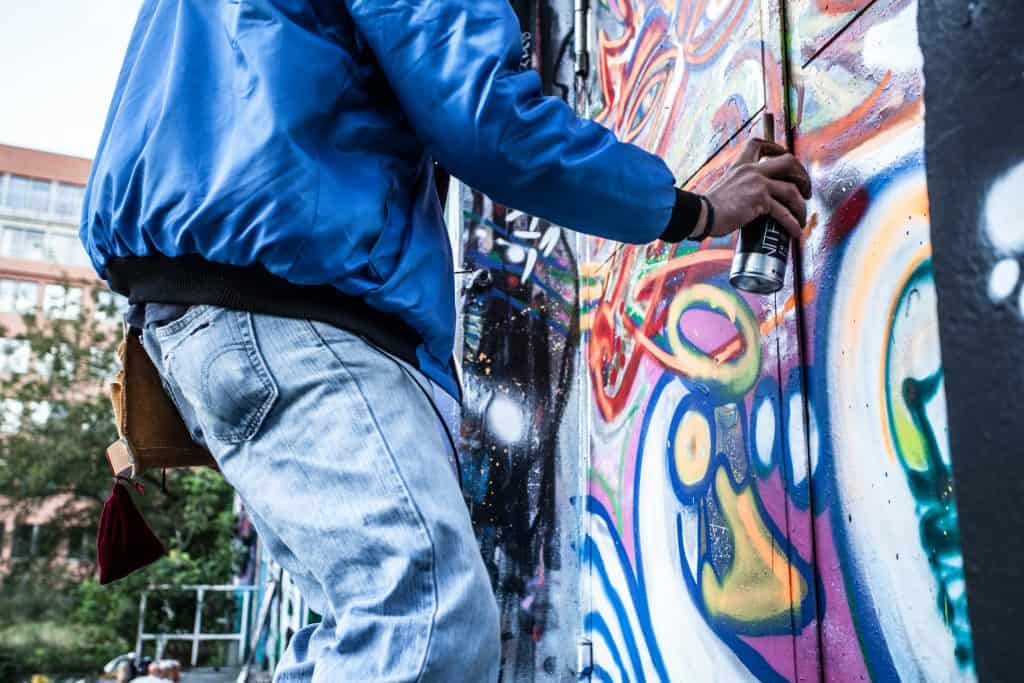
21 Mar Art in Public Spaces and Community Interaction in 2024
In today’s urban landscapes, public art serves as more than just aesthetic embellishments; it acts as a catalyst for community interaction and engagement. Public art encompasses a diverse array of artistic expressions displayed in shared spaces accessible to all. It serves as a reflection of a community’s values, aspirations, and cultural heritage. The presence of public art in urban environments contributes to the vitality and identity of a cityscape, offering residents and visitors alike opportunities for inspiration and reflection. In this article, we delve into the transformative power of public art, focusing on its role in enhancing community interaction and engagement.
Positive Impacts of Public Art on Community Interaction

Photo by Pat Whelen
Sparks conversation and debate
Public art serves as a dynamic catalyst for sparking conversation and debate within communities. By addressing various social issues, cultural nuances, and community values, public artworks prompt individuals to engage in thought-provoking dialogues. Whether through symbolism, imagery, or messages embedded within the artwork, it encourages people to critically analyze and discuss pertinent topics. These discussions not only challenge existing perspectives but also foster a deeper understanding of diverse viewpoints, ultimately enriching the fabric of community discourse.
Creates a sense of place and belonging
Public art plays a pivotal role in shaping the identity and fostering a sense of belonging within a community. Artworks that draw inspiration from local history, culture, and values contribute to the collective narrative of the community. By celebrating its heritage and traditions, these artworks resonate with residents, creating a tangible connection to their surroundings. As residents encounter familiar symbols or themes depicted in the artwork, they feel a sense of pride in their community’s rich heritage and cultural legacy. This shared appreciation for local art strengthens bonds among residents and reinforces a collective sense of place and belonging.
Encourages social interaction and gathering
Public art installations serve as dynamic spaces that encourage social interaction and facilitate community gatherings. Often situated in prominent locations, these artworks naturally draw people together, providing a platform for shared experiences and meaningful interactions. Whether through organized events, impromptu gatherings, or casual encounters, public art fosters a sense of camaraderie and solidarity among community members. These shared experiences not only enrich social connections but also contribute to the vibrant fabric of community life, enhancing the overall sense of cohesion and belonging.
Boosts local pride and ownership
Engagement with public art cultivates a sense of local pride and ownership among community members. When residents actively participate in the creation or selection of public artworks, they feel a deep sense of investment in their surroundings. This collaborative process fosters a sense of ownership and stewardship, empowering residents to take pride in their community’s cultural assets. As residents develop a personal connection to public art, they become advocates for its preservation and upkeep, ensuring its enduring legacy for future generations. This sense of collective responsibility strengthens community bonds and reinforces a shared commitment to enhancing the aesthetic and cultural vibrancy of public spaces.
Examples of Public Art Fostering Community Interaction

Photo by Darya Sannikova
Participatory Art Projects
Participatory art projects represent a powerful tool for empowering communities to actively engage in the creation of public art. These projects, such as community mosaic endeavors or collaborative sculpture installations, are designed to involve residents directly in the artistic process. By bringing community members together to contribute their creative input, participatory art projects foster a sense of ownership and pride in the final artwork. Through shared effort and collaboration, participants develop a deeper connection to the art and its significance within their community, strengthening social bonds and promoting a collective sense of identity.
Interactive Art Installations
Interactive art installations redefine the traditional spectator experience by inviting viewers to become active participants in the artistic encounter. These installations incorporate elements such as sound or motion sensors, interactive light displays, and augmented reality experiences, which encourage viewers to explore, interact, and engage with the artwork in dynamic ways. By transforming passive observers into active participants, interactive art installations facilitate meaningful interactions and foster social engagement. Through shared exploration and discovery, participants forge connections with both the artwork and one another, enriching the overall experience and contributing to a sense of communal connection and creativity.
Community-Driven Murals
Community-driven murals serve as powerful platforms for local artists to convey narratives that resonate deeply with residents. These murals often depict stories, themes, and imagery reflective of the community’s unique identity and aspirations. Through collaborative efforts between artists and community members, these murals capture the essence of local culture and heritage, celebrating shared experiences and values. By showcasing diverse perspectives and voices, community-driven murals spark conversations and forge connections across demographic boundaries. As residents encounter these murals in their everyday environments, they are inspired to engage with the stories and themes depicted, fostering a sense of pride, unity, and belonging within the community.
Potential Challenges and Considerations

Photo by Javon Swaby
While public art holds immense potential for community enrichment, several challenges warrant consideration:
Not all public art resonates with everyone
Art is inherently subjective, and what may resonate deeply with one individual might not necessarily appeal to another. Understanding and acknowledging this diversity of perspectives is crucial to ensuring that public art remains inclusive and reflective of the community’s varied values and experiences. By embracing a range of artistic styles, themes, and cultural influences, communities can foster an environment where different voices and expressions are celebrated. This diversity enriches the cultural landscape and encourages dialogue and engagement among community members, promoting a greater sense of inclusivity and appreciation for artistic expression.
Maintenance and vandalism concerns
Maintaining public art installations is essential for preserving their integrity and ensuring their longevity as meaningful contributions to the community’s aesthetic and cultural heritage. Ongoing maintenance efforts may include routine cleaning, repairs, and conservation measures to protect artworks from environmental damage and deterioration over time. Additionally, vandalism presents a significant challenge to the preservation of public art, as malicious acts of graffiti or destruction can compromise the integrity and beauty of the artwork. Implementing strategies for vandalism prevention, such as increased surveillance, community engagement, and public awareness campaigns, can help mitigate these risks and safeguard public art installations against potential harm. In instances where vandalism does occur, prompt restoration efforts are essential to repair the damage and reaffirm the community’s commitment to preserving its artistic assets. By prioritizing maintenance and addressing vandalism concerns proactively, communities can ensure that public art continues to inspire, enrich, and unite people for generations to come.

Photo by Wendelin Jacober
Conclusion
Public art serves as a dynamic catalyst for community interaction and engagement, enriching urban landscapes with its ability to spark conversation, foster a sense of place, encourage social interaction, and instill local pride. Through participatory projects, interactive installations, and community-driven murals, public art celebrates shared experiences and values, bringing people together across diverse backgrounds. However, challenges such as differing tastes and maintenance concerns must be addressed to ensure inclusivity and longevity. By embracing diversity in artistic expression and implementing proactive measures for maintenance and vandalism prevention, cities can harness the transformative power of public art to build stronger, more connected, and more vibrant communities for generations to come.
Key Takeaways
- Public Art Spurs Community Dialogue: Public art prompts conversations on social issues and cultural values, fostering a deeper understanding among community members.
- Public Art Cultivates Belonging: It celebrates local heritage, creating a sense of place and pride within the community.
- Public Art Promotes Social Interaction: Through gatherings and shared experiences, public art strengthens bonds among residents.
- Public Art Encourages Ownership: Residents become stewards of their community’s cultural assets, advocating for their preservation and enhancement.
- Challenges Require Proactive Solutions: Maintaining inclusivity in art and addressing vandalism concerns are vital for sustaining the positive impact of public art.
FAQs
How can communities get involved in public art projects?
Communities can actively participate in public art projects by attending public meetings where proposals are discussed, collaborating with local artists to ensure cultural resonance, and volunteering for hands-on involvement during installations to foster a sense of ownership and pride.
What measures can be taken to prevent vandalism of public art?
To prevent vandalism of public art, municipalities can employ surveillance systems in vulnerable areas, involve community members in monitoring efforts to deter potential perpetrators, and apply protective coatings or barriers to safeguard artworks from damage and graffiti.
How does public art contribute to economic development?
Public art contributes to economic development by attracting tourists and stimulating local economies through increased foot traffic, enhancing property values by beautifying urban spaces and creating landmarks, and fostering a sense of place and community identity that encourages civic pride and investment.
Implementing strategies and techniques for “Guiding Visitors Through Virtual Art Tours” with ease and engagement.

